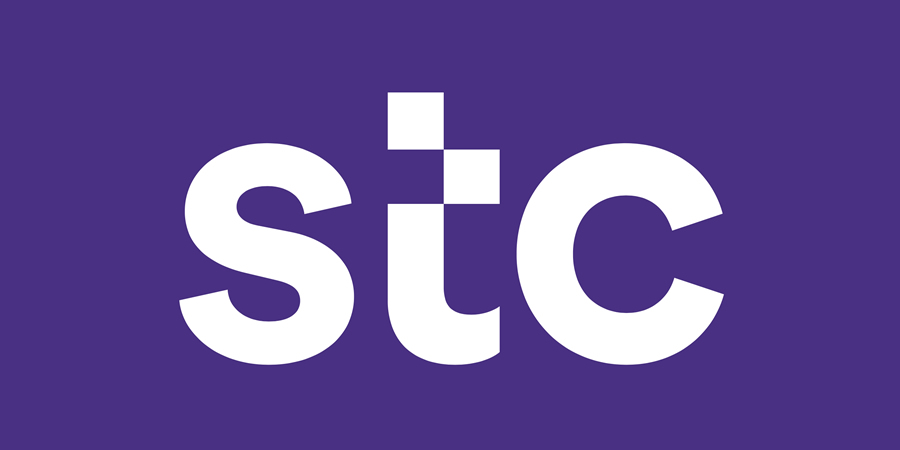Kuwait Telecommunications Company, stc, has announced the successful trial of its expanded 5G network on a 2.1 GHz frequency band, the first of its kind in Kuwait, with the ability to provide better 5G solutions to its customers.
The deployment of a 2.1 GHz 5G network not only improves the overall user experience for customers, but it also prepares for the exploration and development of 5G vertical industry applications. As the first operator to deploy nationwide 5G coverage, stc has leveraged its expertise in its stride to offer the most advanced technical solutions to strengthen its 5G offerings.
The new deployment, led by project owner Nasser Al Hamlan, Access Manager at stc, is in sync with stc’s ongoing partnership and collaboration with Huawei aiming to deliver an agile, next generation 5G network capable of introducing new 5G services within the shortest time to market.
The upgrade will enhance 5G indoor coverage, complemented by the uplink of existing 3.5 GHz frequency bands, offering even lower latency connectivity. Low-frequency bands such as 800 MHz, 900MHz, 1.8 GHz and 2.1 GHz, can extend the 5G mobile experience to wider areas and enclosed indoor environments. With 5G low-frequency band deployment, CA (Carrier Aggregation) for NR 3.5 GHz and NR 2.1 GHz, stc can provide an extreme 5G experience for CA mobiles in the future. Ultra-reliable low-latency communication (uRLLC) and massive machine-type communications (mMTC) services can also greatly benefit from this superior coverage at the low-frequency bands.
Commenting on this initiative, engineer Fahad Abdulrahman Al Ali, Chief Technology Officer at stc, said, “Currently, mobile operators are working with vertical industries to jointly explore applications and network architectures for 5G services. Live uploading of HD videos, for example, and other industry applications require significantly greater uplink capacity at specific locations in the mid- to long-term. Accordingly, new solutions are needed to enhance the uplink performance of TDD 5G-NR at cell edge. While the use of existing FDD bands are interlinked with mid-band spectrums as an initial “supplemental uplink” solution, the option of using new “uplink bands” which can accommodate large spectrum bandwidths for uplink should also be assessed for further uplink capacity enhancements.”
He added, “The deployment of our upgraded network will provide our enterprise customers with enhanced connectivity options that will boost indoor coverage, thereby accelerating smart developments and promoting digital transformation. This initiative builds on stc’s commitment to continuously offer its enterprise customers with less restricted solutions that accelerate digital transformation with an aim to increase productivity and operational efficiency.”
It is also worth mentioning that due to the propagation characteristics and downlink-centric structures used today, uplink coverage and data rates face greater challenges than at lower frequencies. Restrictions in uplink coverage and throughput have a negative impact on the overall user experience.
To improve the uplink performance, especially the capacity of TDD 5G-NR at the cell edge, low band 5G can compensate for the insufficient uplink experience of the 3.5 GHz frequency band, meeting the capacity requirements of vertical services at greater lengths.
